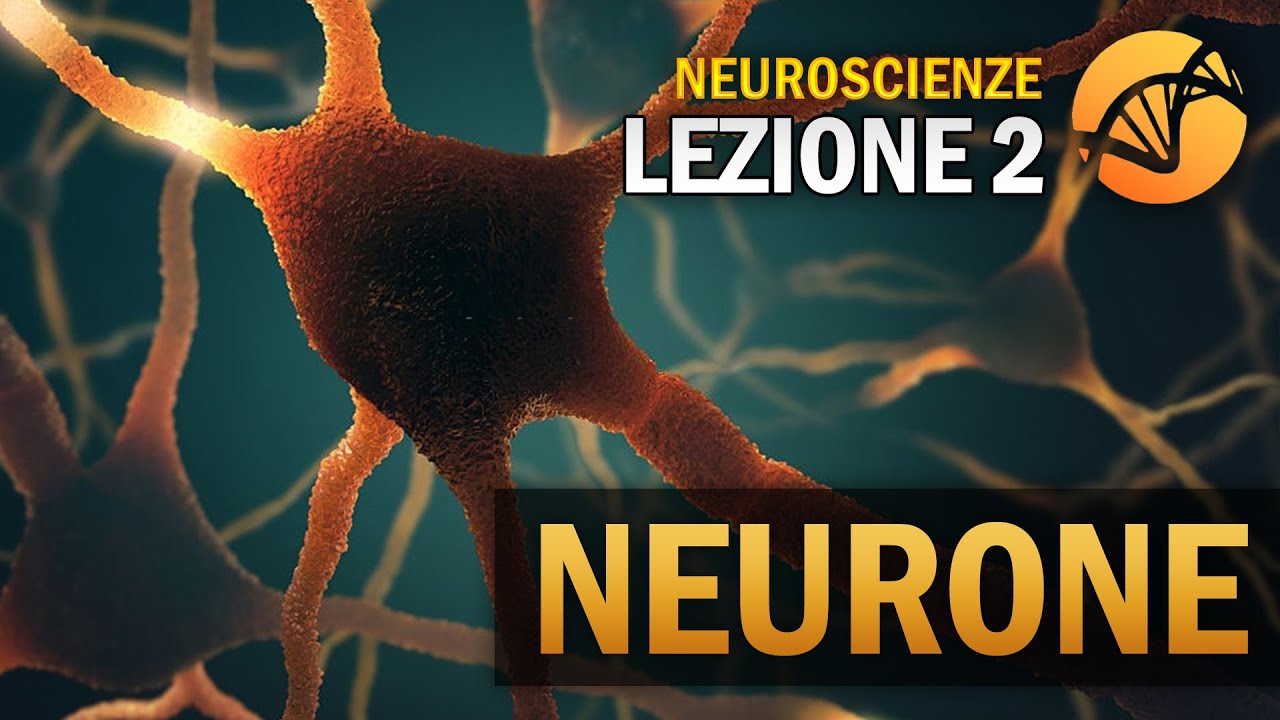The Nervous System: The Neuron (Nerve Cell)
Summary
TLDRThis lesson delves into the neuron, the primary cell of the nervous system, highlighting its structure and function. The neuron's cell body, dendrites, axon, and synapses are detailed, explaining how they facilitate communication across the body. The video also explores the myelin sheaths' role in speeding up signal conduction and the significance of the nodes of Ranvier. It concludes by discussing how neurons form networks and transmit messages via synapses, allowing us to perceive our surroundings.
Takeaways
- 🧠 The neuron is the primary cell of the nervous system, responsible for communication within the body.
- 🌳 The neuron has a cell body, or soma, which contains the nucleus.
- 🌿 Dendrites are branch-like structures that receive chemical and electrical stimuli.
- 📡 The axon is the neuron's longest extension, facilitating communication across long distances.
- 🔗 The axon hillock is the junction where the axon connects to the soma.
- 🛡 Myelin sheaths are protective fatty tissues that surround the axon and speed up signal conduction.
- 🏁 Nodes of Ranvier are gaps in the myelin sheaths that aid in signal conduction and nutrient exchange.
- 🌐 Axon terminals are the branching ends of the axon that form connections with other neurons.
- 🔄 Neurons form a network through synapses, where messages are transmitted between neurons.
- 🌐 Synaptic cleft is the junction where neurotransmitters are released and received, facilitating message transmission.
- 🌐 The nervous system interprets messages from neurons as sensations, allowing us to perceive the world.
Q & A
What is the primary cell of the nervous system?
-The primary cell of the nervous system is the neuron.
What is the function of the neuron?
-The neuron allows the nervous system to communicate with the rest of the body by transmitting messages across relatively long distances.
What is the cell body of a neuron also known as?
-The cell body of a neuron is also known as the soma.
What are dendrites and what is their function?
-Dendrites are tree-like branches that extend off of the soma and are used by the neuron to detect both chemical and electrical stimuli.
What is the longest extension from the soma of a neuron?
-The axon is the longest extension from the soma of a neuron.
What is the role of the Axon hillock?
-The Axon hillock is the junction that connects the axon to the cell body.
What are Myelin Sheaths and how do they help the neuron?
-Myelin sheaths are sections of fatty tissue that protect the axon and help speed up signal conduction along the axon.
What are the gaps between myelin sheaths called?
-The gaps between myelin sheaths are called the Nodes of Ranvier.
What is the function of the Nodes of Ranvier?
-The Nodes of Ranvier aid in signal conduction and allow nutrients and waste to enter and leave the axon.
How do neurons communicate with each other?
-Neurons communicate with each other through the Synapse or Synaptic cleft, which is the junction between one neuron's axon terminals and another neuron's dendrites.
What happens at the Synapse during message transmission?
-At the Synapse, chemical and electrical neurotransmitters are released and picked up by the dendrites of the recipient nerve cell.
How does the body interpret the messages passed by neurons?
-The body interprets the messages passed by neurons as sights, sounds, aromas, and other sensations that allow us to observe the world around us.
Outlines

Этот раздел доступен только подписчикам платных тарифов. Пожалуйста, перейдите на платный тариф для доступа.
Перейти на платный тарифMindmap

Этот раздел доступен только подписчикам платных тарифов. Пожалуйста, перейдите на платный тариф для доступа.
Перейти на платный тарифKeywords

Этот раздел доступен только подписчикам платных тарифов. Пожалуйста, перейдите на платный тариф для доступа.
Перейти на платный тарифHighlights

Этот раздел доступен только подписчикам платных тарифов. Пожалуйста, перейдите на платный тариф для доступа.
Перейти на платный тарифTranscripts

Этот раздел доступен только подписчикам платных тарифов. Пожалуйста, перейдите на платный тариф для доступа.
Перейти на платный тарифПосмотреть больше похожих видео

Sistem Saraf: Anatomi Neuron | Ilmu Biomedik Dasar | Brainy Panda

Il Neurone | NEUROSCIENZE - Lezione 2

Nervous Tissue | Structural Organization in Animals | Anatomy | Inter 2nd year Class 11 Biology

Le Sinapsi Chimiche | NEUROSCIENZE - Lezione 6

As grandes vias aferentes e eferentes: Introdução e vias aferentes - Parte 1

Central nervous system: Histology
5.0 / 5 (0 votes)
